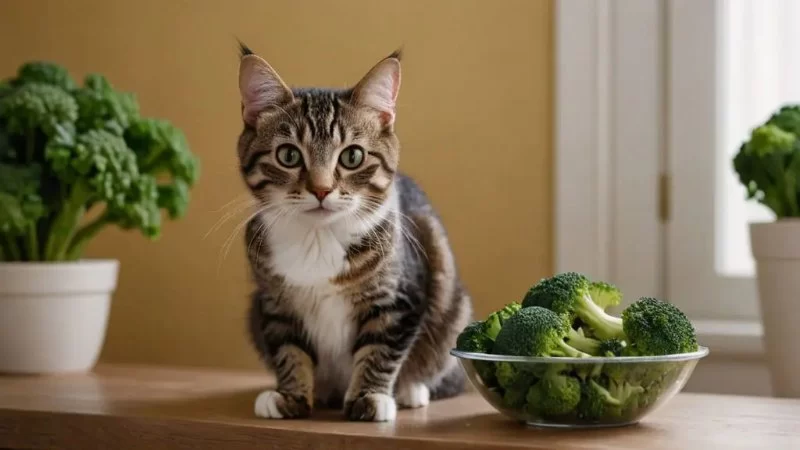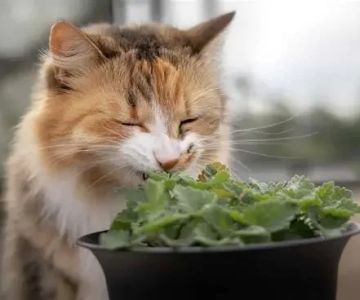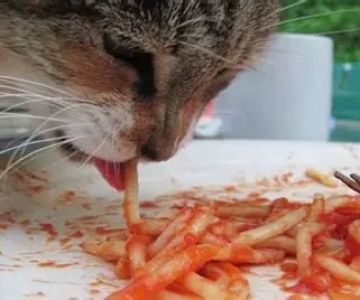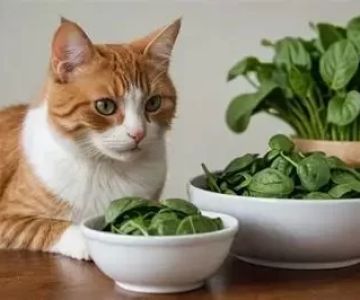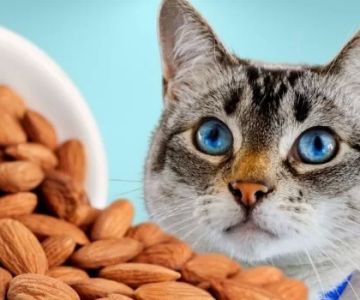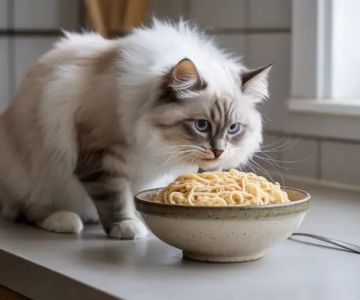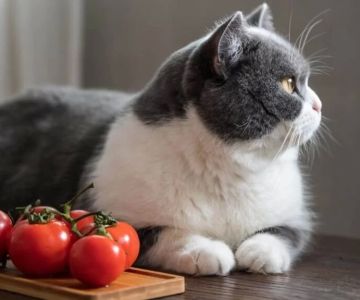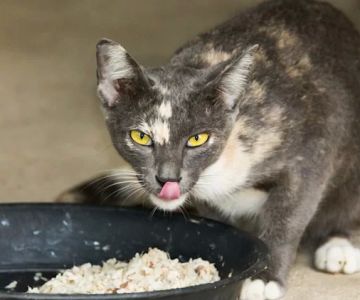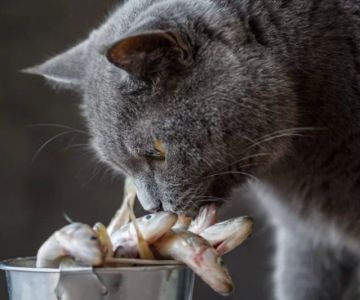- 1 - Understanding Cats and Broccoli: What You Should Know
- 2 - Nutritional Value of Broccoli for Cats
- 3 - Benefits of Broccoli in Feline Diets
- 4 - Potential Risks and Safety Concerns
- 5 - How to Prepare Broccoli for Your Cat
- 6 - Real Pet Owner Experience: When Whiskers Discovered Broccoli
- 7 - Expert Advice from Hidden Brook Veterinary
- 8 - Final Thoughts on Broccoli in a Cat’s Diet
Understanding Cats and Broccoli: What You Should Know
Can cats eat broccoli without harm?
Many cat owners have wondered if sharing a bite of their favorite green vegetable is safe. The good news is yes—cats can eat broccoli without harm when it’s prepared properly. Broccoli isn’t toxic to felines, but it’s important to remember that cats are obligate carnivores, meaning their primary nutrition should come from meat, not plants. However, small amounts of vegetables like broccoli can add variety and certain health benefits to their diet.
Why cats might show interest in vegetables
Some cats naturally nibble on plants out of curiosity or boredom. Others might enjoy the texture or the slight sweetness of cooked broccoli. As long as the portion is small and the broccoli is cooked without seasoning, it can be a safe treat that adds fiber and antioxidants to their diet.
Nutritional Value of Broccoli for Cats
Broccoli’s core nutrients
Broccoli is packed with vitamins C and K, potassium, and dietary fiber. While cats synthesize their own vitamin C, these nutrients still support healthy digestion and immunity. The antioxidants in broccoli can also help reduce inflammation, supporting joint and cellular health as cats age.
How much is too much
Veterinarians recommend that vegetables make up no more than 5–10% of your cat’s total diet. Too much broccoli can cause mild stomach upset, so moderation is key. Think of it as a snack—not a meal replacement.
Benefits of Broccoli in Feline Diets
1. Natural fiber for digestion
Broccoli’s fiber content can support regular bowel movements and help reduce hairballs. For cats that tend to suffer from mild constipation, a few small florets mixed into food can help promote better digestion.
2. Antioxidant and anti-inflammatory effects
Broccoli’s antioxidants may support the immune system and protect against cellular damage. In older cats or those recovering from illness, these compounds can provide subtle health boosts when included as part of a balanced diet.
3. A low-calorie snack option
For overweight cats, replacing calorie-dense treats with a bite or two of steamed broccoli can help manage weight without sacrificing variety. Always introduce new foods gradually and monitor your pet’s response.
Potential Risks and Safety Concerns
Raw broccoli and digestive sensitivity
Raw broccoli is harder to digest for cats and may cause gas or bloating. Steaming or boiling lightly softens the fibers and makes it easier on the stomach. Avoid serving broccoli stems, as they can be tough and pose a choking hazard for smaller cats.
Seasoning and oil dangers
Never give cats broccoli cooked with garlic, onions, butter, or salt—these ingredients are toxic to felines. Always serve plain, unseasoned broccoli to avoid harmful reactions.
Allergic or unique reactions
While rare, some cats may experience loose stool or vomiting after eating vegetables. If this happens, discontinue feeding broccoli immediately and consult your vet for guidance.
How to Prepare Broccoli for Your Cat
Step-by-step safe serving
1) Wash the broccoli thoroughly. 2) Steam or boil until tender but not mushy. 3) Cut into bite-sized pieces. 4) Let it cool completely before serving. 5) Offer a small portion first to test tolerance.
Frequency and serving size
Offer broccoli once or twice a week in teaspoon-sized portions. Avoid feeding it daily since too much fiber can disrupt your cat’s regular diet. You can mix small bits into their wet food for an easy introduction.
Real Pet Owner Experience: When Whiskers Discovered Broccoli
A story of curiosity turned healthy habit
When “Whiskers,” a four-year-old tabby from Arizona, first tried broccoli, her owner thought it was a fluke. “She sniffed it, then batted it around like a toy,” her owner laughed. After a few tries, Whiskers began eating small florets eagerly. Her vet confirmed that this occasional veggie snack was completely safe. Over time, Whiskers’ digestion improved, and her fur appeared shinier—a reminder that even small dietary additions can make a visible difference.
Expert Advice from Hidden Brook Veterinary
What veterinarians say
According to experts at Hidden Brook Veterinary, broccoli can be a safe, enriching treat for cats when used responsibly. Their team emphasizes that every cat’s digestive system is unique, so observation and moderation are essential. If your cat has underlying conditions such as IBS or food sensitivities, always consult a veterinarian before introducing new foods【Hidden Brook Veterinary】.
Recommended approach
Hidden Brook Veterinary suggests pairing small broccoli portions with a high-protein diet to maintain balance. They also encourage rotating safe vegetables like peas or pumpkin for added variety without overwhelming your cat’s system.
Final Thoughts on Broccoli in a Cat’s Diet
Balance is key
So, can cats eat broccoli without harm? Absolutely—when given thoughtfully and in moderation. Broccoli isn’t essential to feline nutrition, but it can provide beneficial fiber and antioxidants when served correctly. For most cats, it’s an occasional treat that adds interest to their diet.
Encouragement for responsible feeding
If you’re curious about introducing broccoli or other vegetables into your cat’s meals, speak with your vet first. For trusted guidance, dietary planning, and high-quality pet care recommendations, visit Hidden Brook Veterinary—your partner in keeping cats healthy, happy, and thriving【 】.

